The six varieties of poppy every gardener needs to know
From common poppy and the poum poppy to the bright yellow Welsh poppy, Jack Watkins takes a look at these exquisite natural flowers.
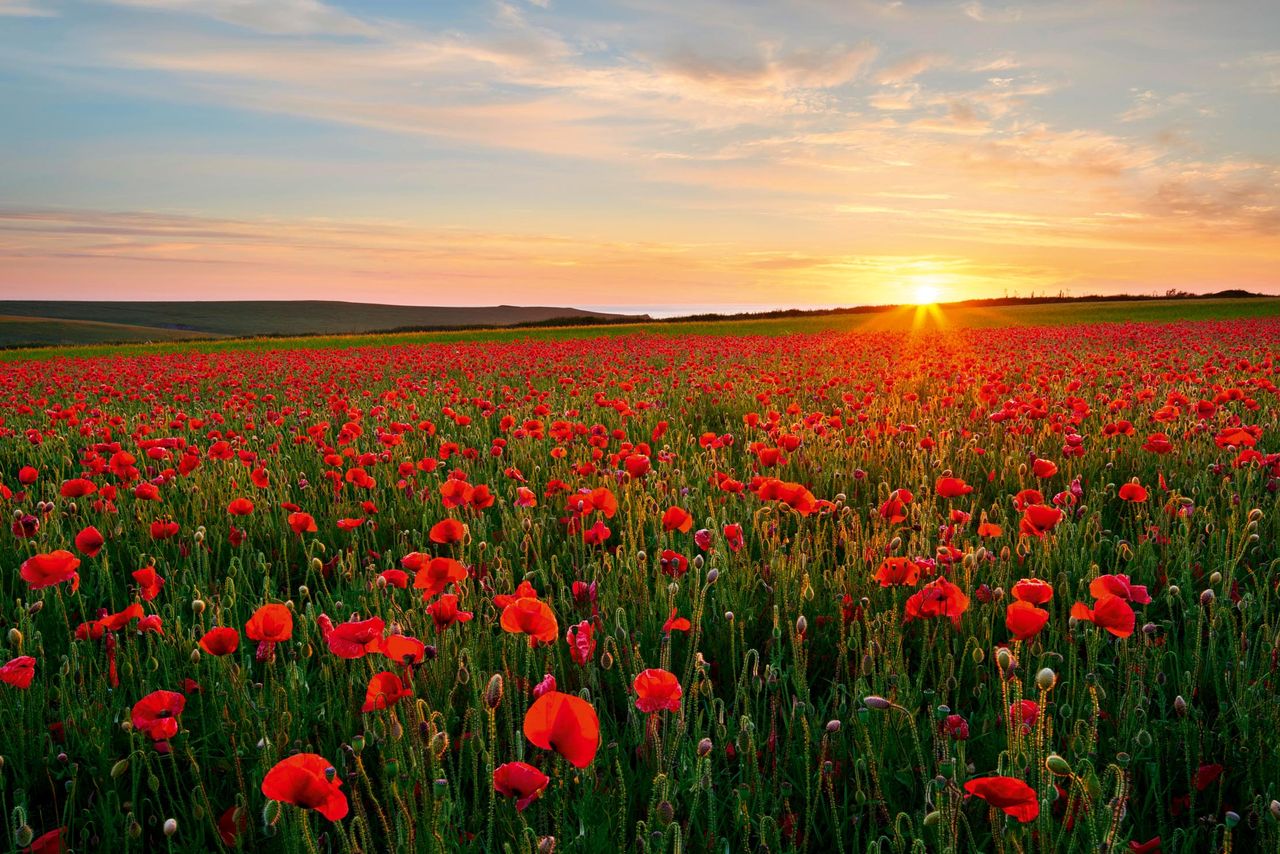
Don’t take it for granted that, when you see a poppy, it’s always the common species that's one of the gems of the wildflowers of Britain. There are several varieties. Here's how to tell the apart.
Common poppy (Papaver rhoeas)
The poppy of the Flanders battlefields, arable fields, hedge banks and roadsides, with a hairless, flat-topped seed pod and right-angled hairs on stems.
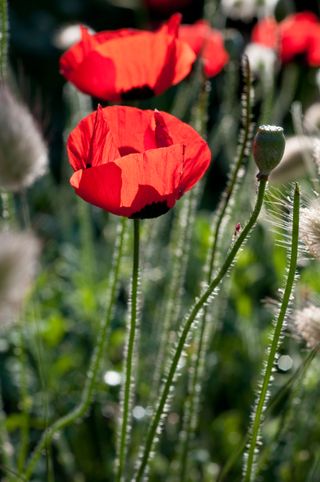
Long-headed poppy (Papaver dubium)
Paler, smaller flower than the common, with a long and narrow seed capsule. The most common poppy in the North of England.
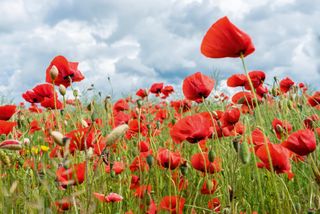
Prickly poppy (Papaver argemone)
Smaller and rarer than the common one, it likes sandy soils and has long, narrow seedheads that are covered in bristles, with a black spot at the base of each petal.
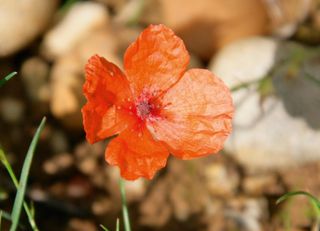
Rough poppy (Papaver hybridum)
The rarest of the poppies, with small red petals that carry a black spot at the base. Its seed capsule is globe-shaped and covered in stiff yellow bristles.
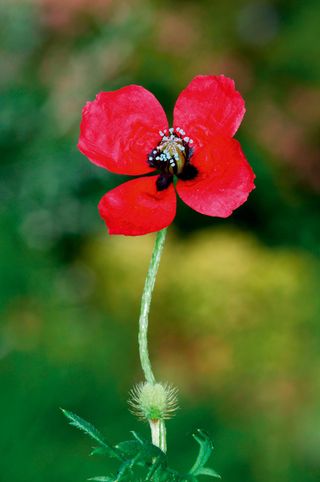
Opium poppy (Papaver somniferum)
Has large lilac flowers with a purple blush at the centre. Once cultivated in the UK, but those seen in the wild today are usually garden or field escapees.
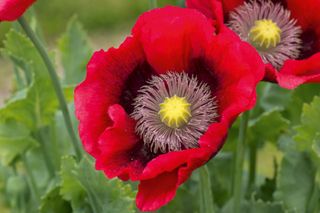
Yellow-horned poppy (Glaucium flavum)
Easily spotted at shingly seaside locations, with big yellow flowers and waxy leaves. Grows up to 3ft. Can also grow on sand and clifftops.
Sign up for the Country Life Newsletter
Exquisite houses, the beauty of Nature, and how to get the most from your life, straight to your inbox.
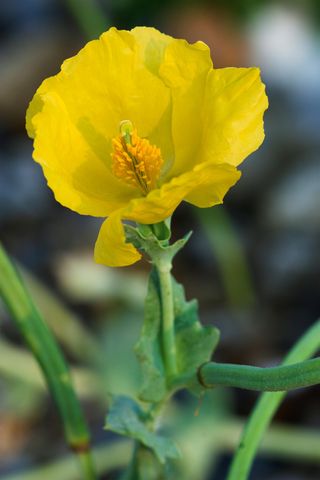
Welsh poppy (Meconopsis cambrica)
Yellow-flowered plant of damp, shaded woods, hedges and rocky places in Wales and South-West England. First identified by Carl Linnaeus in Wales, hence its name.
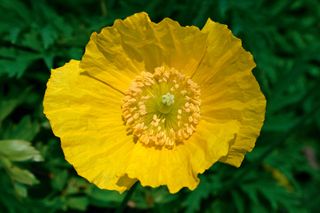
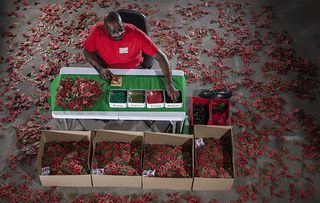
The poppy maker: ‘I was very weak, very emotional and in a bad place when I started, but I’m back to my old self again now’
Wish Lloyd battled a traumatic childhood, the army, an athletics injury and homelessness to find his place at the Poppy
-
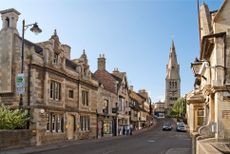 How the high street can change for the better
How the high street can change for the betterThe high street might not be dying, but it's definitely changing and in some places, it's changing for the better. So, what can the centre of town in the 21st century look like?
By Lucy Denton Published
-
 'I thought we were forgotten': The Ritz Restaurant has been awarded a second Michelin Star
'I thought we were forgotten': The Ritz Restaurant has been awarded a second Michelin StarChef John Williams has won his long-awaited second Star, plus all the other Michelin winners (and losers) you need to know about.
By Rosie Paterson Published